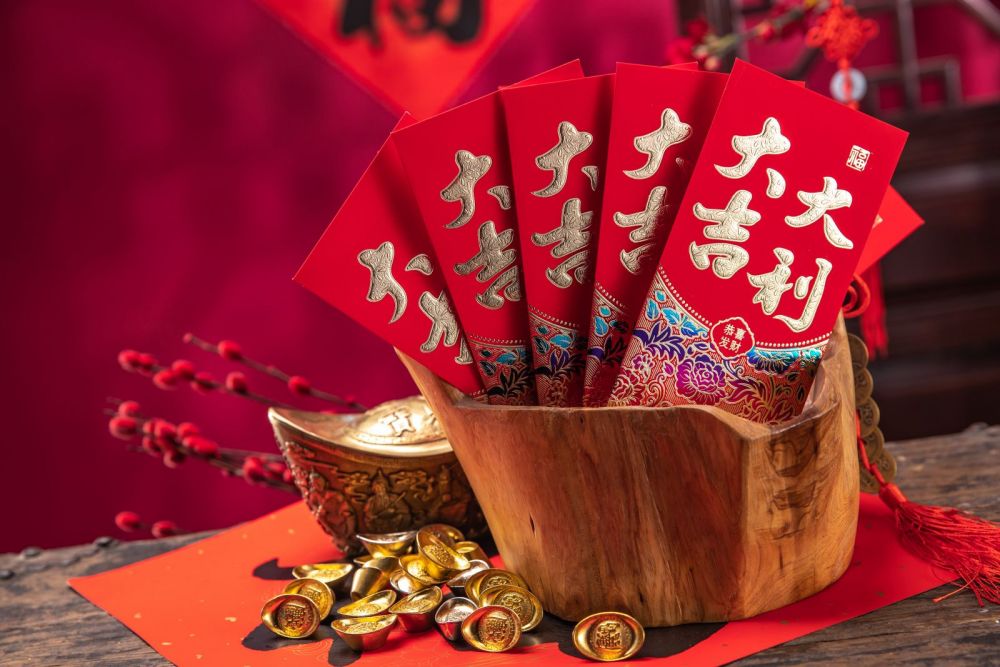The custom of giving red envelopes in the Spring Festival dates back to ancient times.

Here is a widespread story. According to legend, there was a black demon with white hands in ancient times, called ‘Sui’. On the Eve of New Year every year, he came out to harm the child and put his hand three times over the head of the sleeping child, making this child cry with fear. Later, the child had a fever, talked deliriously and became ill from then on. After a few days, after the fever had gone, one clever boy turned into an insane fool. Therefore, the elders were feared that the beast wanted to harm their children. Thus they lit the light and sit around, which is called ‘Shousui’(staying up all night on New Year’s Eve).
In Jiaxing Mansion, there was a family named Guan. The old couple had a son when they were old so that their son was the apple of their eye. The boy wrapped the eight pieces of copper in red paper, then unwrapped them, wrapped and unwrapped again and again, until he was asleep. Then he put the eight pieces of copper on the pillow. The old couple dared not close their eyes and watched their child all night long.
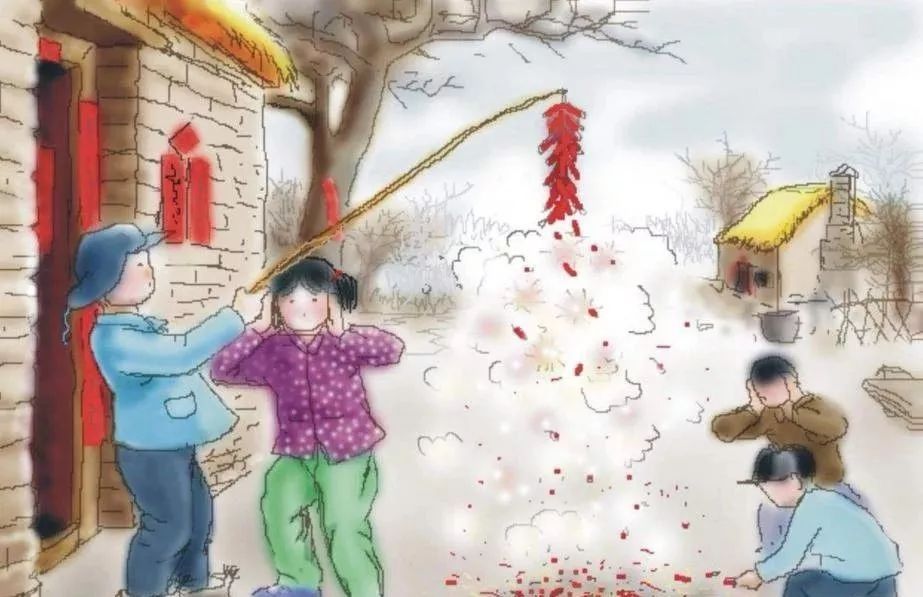
In the middle of the night, a huge wind blew the door open, and blew out the light. One black short beast touched the child’s head with his white hands. Suddenly, there was a light flashing from the child’s pillow. As soon as the beast saw it, he drew back his hand and ran away with a scream.
The Guans told other people that eight pieces of copper wrapped in red paper scared it away. Everyone also learned to wrap eight pieces of copper with red paper and put it beside the pillow after the New Year’s Eve dinner. Since then, Sui didn’t harm children any more.
Traditionally, red envelopes, known as lucky money, are money wrapped in red paper by the elders for children during the Lunar New Year.
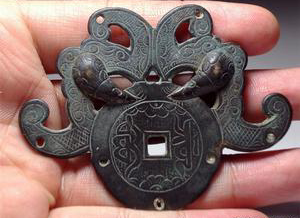
The earliest lucky money appeared in the Han Dynasty, which was also called ‘Yasheng money’. This money was not the currency of circulation in the market, but one kind of talisman with the shape of money to wear and play. Auspicious words were engraved on the front of the New Year’s money, such as ’May you live long and be successful’. So this was not money but a real blessing.
In the court of the Tang Dynasty, distributing money in the Spring Festival was prevailed. At that time, Spring Festival was the start of spring, which was a day for people in the palace to bless each other. In addition to congratulating, its more important meaning was that the elders give the newborn the money to ward off evil spirits.
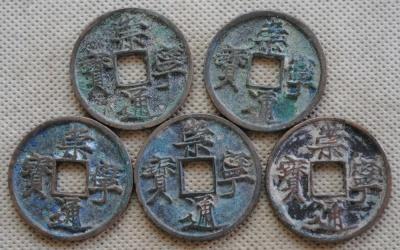
After the Song and Yuan Dynasties, the first day of the first month was called as the Spring Festival. The custom of giving money in the Spring Festival evolved into the custom of giving children lucky money.
In the Ming and Qing Dynasties, there were two kinds of lucky money. One is made of colored rope and thread, which was placed at the foot of the bed in the shape of a dragon. This is recorded in Annual Customs and Festivals in Peking. The other, the most common, was money that parents gave their children wrapped in red paper.
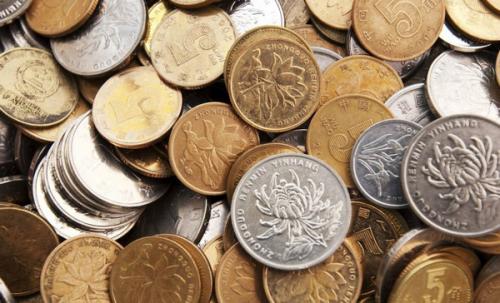
After the Republic of China, it evolved into one hundred coins wrapped with red paper, meaning ‘a long life and a hundred years old’.
The red envelope in its true sense, appeared in the Republic of China. The elders wrapped one hundred coins in red paper as lucky money to give to the younger generation, taking the meaning of ‘Long Life’. The red packages here were similar to the red envelopes we have now.
Red package, also known as ‘Lishi package’, is the envelope containing lucky money. ‘Lishi’ took meaning of good luck.
After the founding of the People’s Republic of China, the custom of the elders giving out lucky money to the younger generation continued to be maintained. Nevertheless, to get the money, the younger generation must make several decent kowtows.
Later in the 1950s, the currency system changed, and lucky money was given, such as five cents, ten cents. Children who got the lucky money were happy to buy some snacks in the cooperative.
In the 1960s, the amount of lucky money became twenty cents or fifty cents. Once children got the money, they could purchase picture-story books, firecrackers.
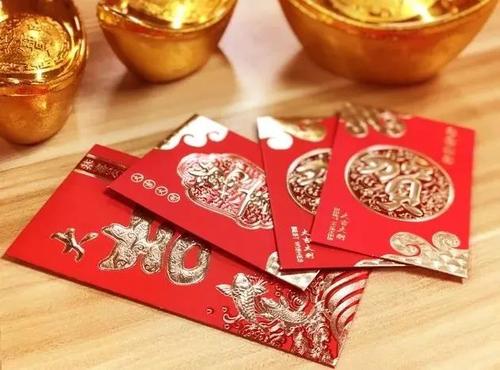
In the 1970s, it’s common for children to receive lucky money, such as five yuan, ten yuan.
Due to a better living standard, giving out lucky money is less popular than before. The pocket money in daily life is more than the amount of lucky money.
Since the 1990s, owing to the implementation of family planning, many children are often spoiled. They could get several hundred yuan or even thousands yuan easily. Nonetheless, these money could be kept by their parents, or saved in a bank.
Now the elders giving red envelopes to the younger generation are still prevalent. And the amount of red envelop varies from a few dozen to several hundred, which are mainly used by children to buy books and other school things.
In recent years, the culture of red envelopes has ushered in a new era, showing a trend of paperless and electronic currency. Red envelope is no longer an ancient custom, which evolved into a popular fashion.
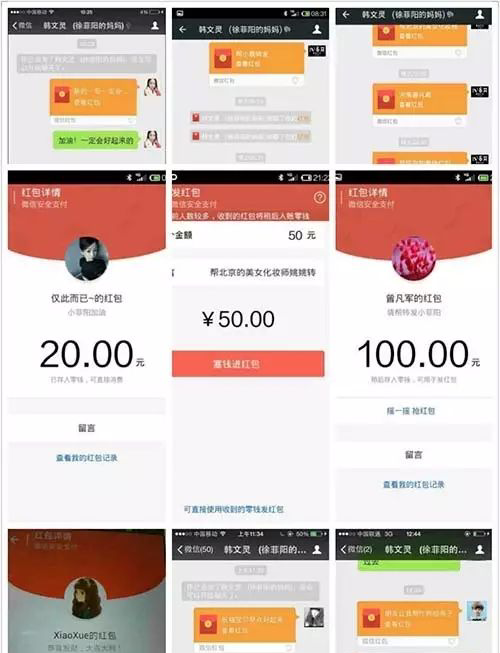
Under the new era, it adds new content to red envelop. Red envelopes online refers to network operators (website), during the Spring Festival and other holidays, distribute red envelopes through online activities, which is a promotional marketing model benefiting the users.
In addition, red envelope online also means a new way of distributing red envelopes. With the advent and increasing popularity of the Internet era, red envelope emerging. Various network users give red envelopes to customers, relatives and friends through the third-party payment tool, such as Alipay and Tenpay.
The digital red envelopes era launched by WeChat in 2014. WeChat is a mobile instant messaging platform with more than 400 million users and is run by Tencent. With the advent of WeChat lucky money, it is another fun part of the Spring Festival to snatch hundreds of red envelopes in various groups. Lucky partners may grab big amount sent by others. However, in most cases, the amount of WeChat lucky money we grab is probably a few cents which is not enough to pay for data flow. Given a few cents in real life, you might not spare a glance for them. Nonetheless, the fact is that many people are very enthusiastic about WeChat lucky money, especially during the Spring Festival. The electric red envelope was an instant success.
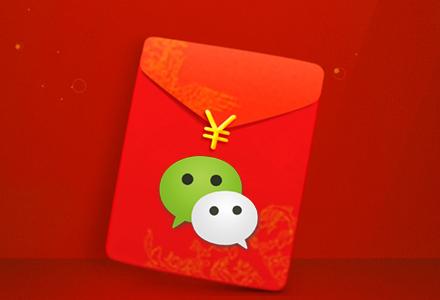
There are two types of WeChat lucky money: a fixed amount of money(ordinary red envelopes) and a random amount of money(lucky money).
Lucky money is originally a random way of giving out red envelopes. Just because the amount of money is random but increase the excitement and entertainment of participating in snatching red envelopes.
Now snatching red envelopes through WeChat, Alipay and other software has become an emerging trend. On New Year’s Eve, all people, men or women, young or old, are doing these things over and over again, shaking their phone or refreshing their screens, all for the same purpose-- snatching a red envelope.
According to popular belief, children can use the red envelope given by their parents to bride them and turn evil for good when evils or ‘Nian’ want to harm children. And red envelops received can be mainly used to buy firecrackers, toys, candies and other things needed for the festival.
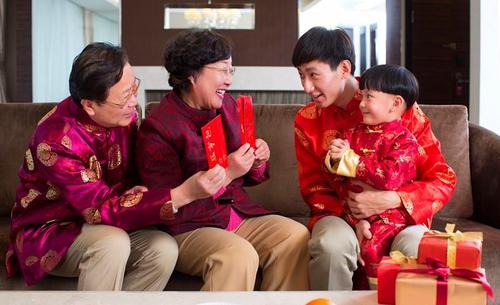
The elders would be prepared in advance of the New Year’s money to the younger generation. It’s said that the New Year’s money can suppress the evil. It represents a kind of good wish from the elders to the younger generation. It is a talisman given by the elders to the children in order to bless them with good health and good luck in the New Year.
It has become a tradition of Chinese to give red envelopes to friends and relatives during the Spring Festival. Chinese people love red because it symbolizes vitality, happiness and good luck. Giving red envelopes to younger children (the married, according to Chinese notions, are considered adults) is meant to bring good wishes and good luck to them. The money wrapped in the red envelope is just to make children happy. And its main meaning lies in the red paper which symbolizes good luck. Therefore, it is not polite to open the red envelope in front of the elders who give them.
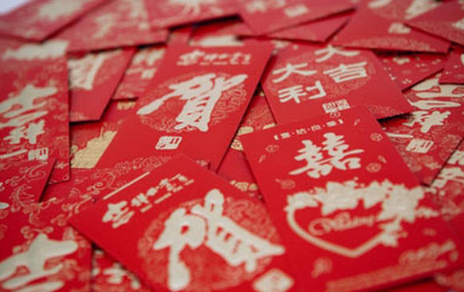
The culture of red envelopes originated from the normal interpersonal relational relationship of the Chinese people, which reflects the friendly complex of harmonious coexistence. For hundreds of years, red envelope still has this meaning in the majority. But for the more common meaning of sending red envelope, one is to give younger ones a kind of love, which contains the meaning of peace and good luck for lucky money and birthday wish, the second is the ceremony of greeting on the occasion of marriage, as well as the expression of exchanging wishes between friends.
In fact, red envelope is not a matter of the amount of money, but more about the feelings and expectations of the elders or juniors.
Chinese New Year has long been an occasion for family reunions, dumpling feasts, firecrackers and red envelopes full of cash for the children. It is common for Chinese to distribute red envelopes, also called ‘Hongbao’, among friend and relatives during Spring Festival. Of course, there are a few tips for giving and receiving red envelopes.
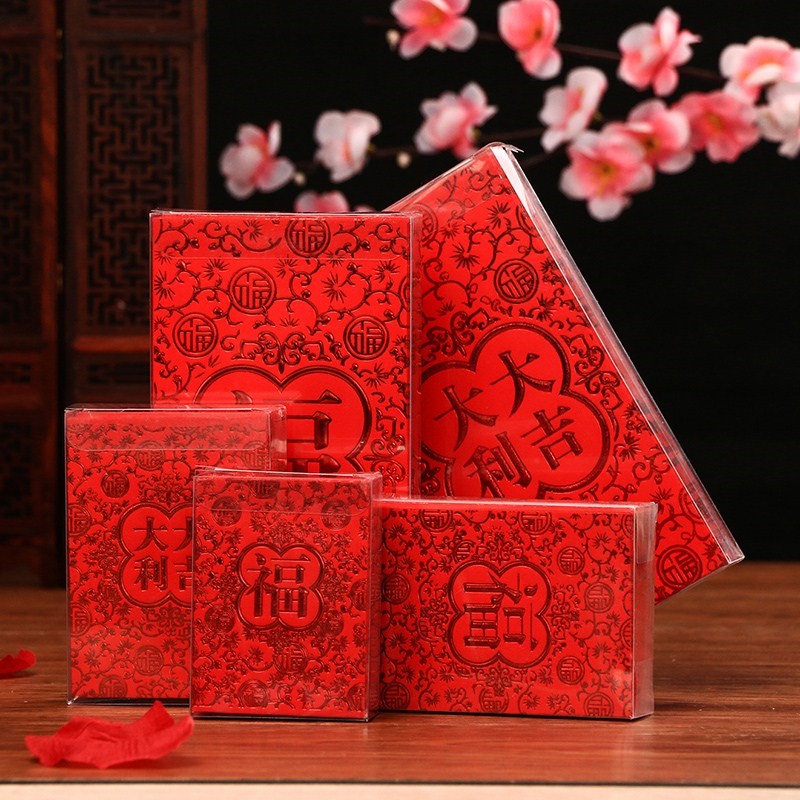
For the general office workers, it’s appropriate for them to send their parents from 1,000 yuan to 5,000 yuan as the amount of red envelopes. And given red envelopes to children in their family, it depends on the their financial situation. In general, it’s 10 yuan to 100 yuan.
When elders give junior red envelopes, the amount of money should be consistent, or they would have opinions on them if they know that.
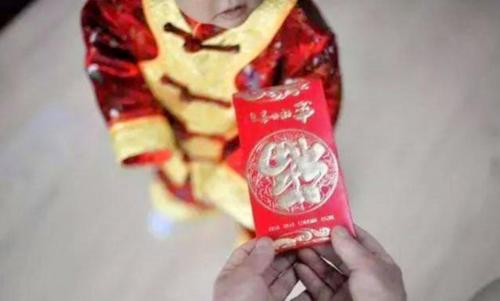
The number of red envelope should be even number, implying good things in double. We should avoid number 4, homophonic allusion of which is ‘si (death)’. The best numbers are 2, 6 and 8, which means ‘good luck’ and ‘good fortune’.
The use of new cash when wrapping red envelope could be auspicious, and also symbolize a new year with a new image.
Giving red envelope during the Spring Festival means that money is rolling in the new year. However, when the red envelope is sealed up, it means to block the source of money, so it’s not recommended to seal during the Spring Festival.
If the elders give you a red envelope, do not open the red envelope in front of the elder. It’s impolite to do it.
